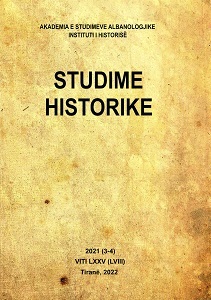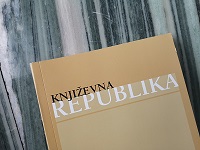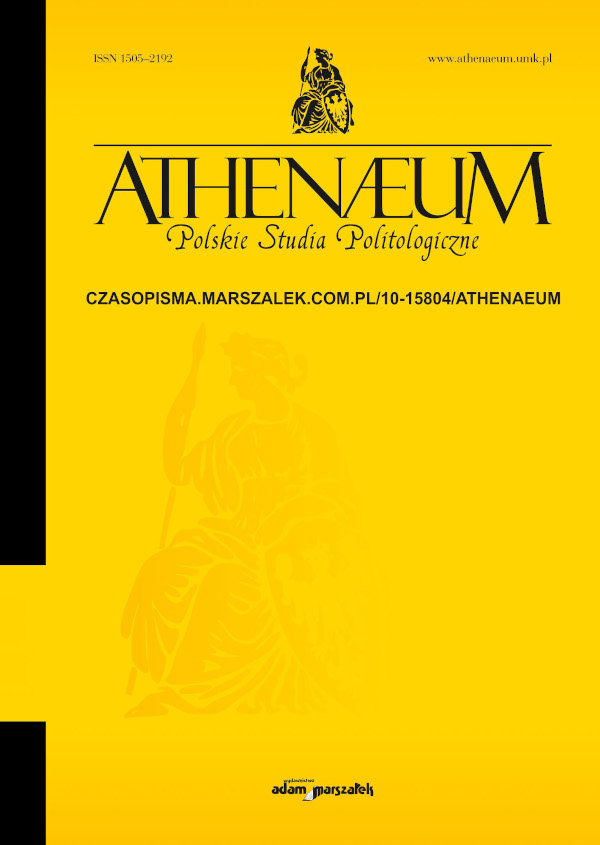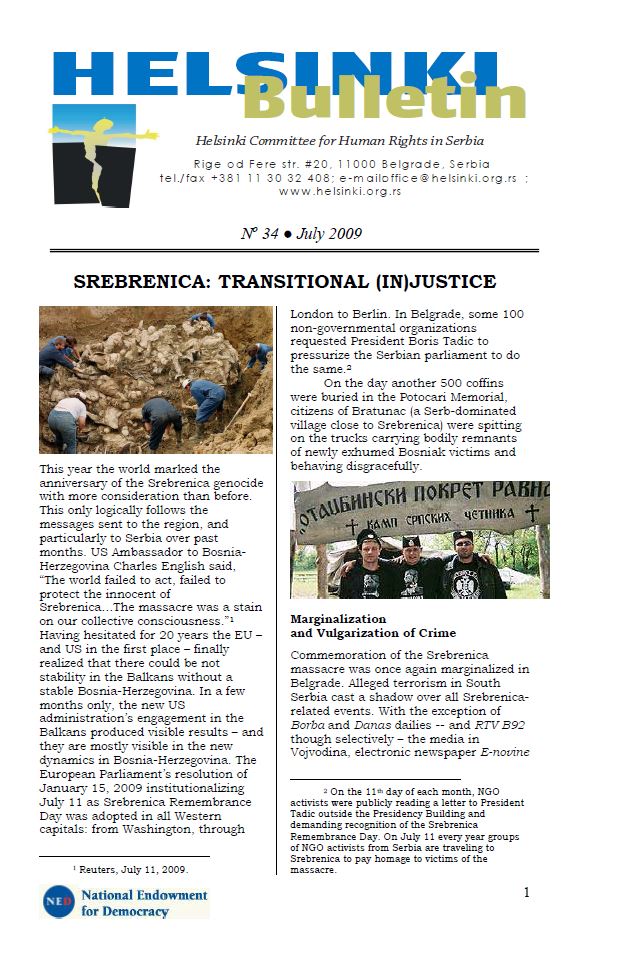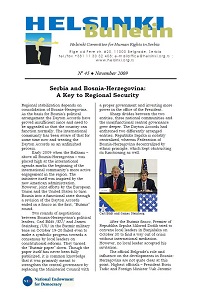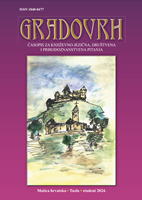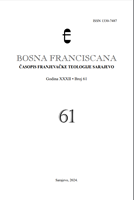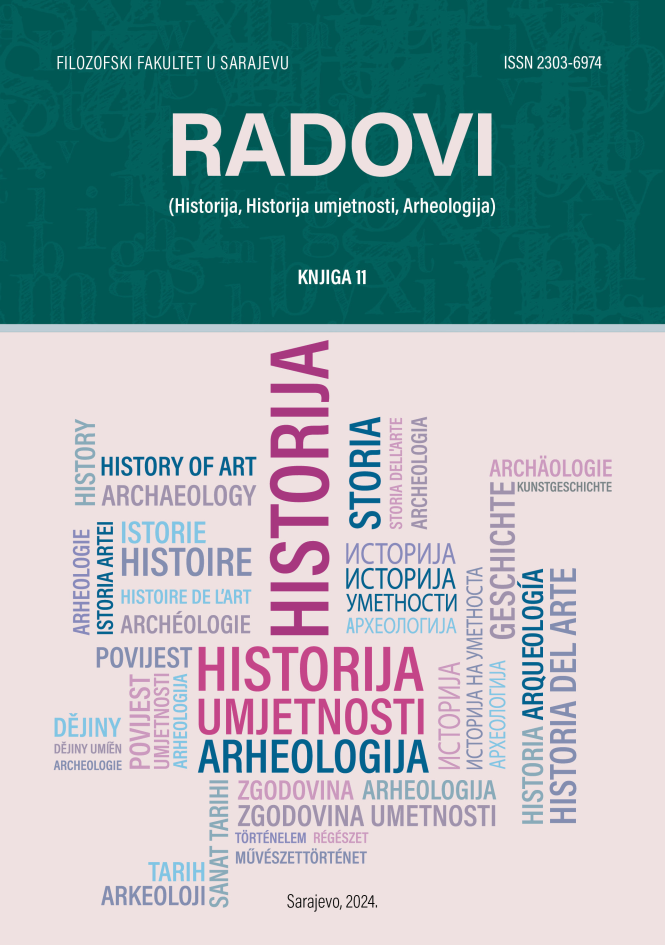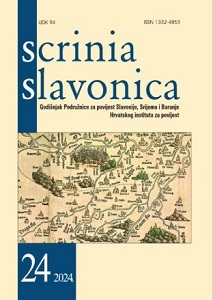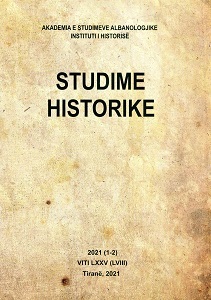
LUFTA E USHTRISË ÇLIRIMTARE TË KOSOVËS NË ZONËN OPERATIVE TË SHALËS DHE HUMBJET E FORCAVE SERBE
The beginning of 1999 marked a turning point in the history of the Liberation War in Kosovo. The capture of a Yugoslav Army squadron by members of the Shala Operational Zone in the village of Bare influenced the internationalization of the Kosovo Liberation Army, as it entered into an international agreement to exchange eight Yugoslav soldiers with nine KLA soldiers, who were arrested in December 1998 by Serbian military forces on the Kosovo-Albania border. Undoubtedly, this represented a diplomatic, political and military victory for the KLA and Kosovo. Certainly, such an event put the Shala Operational Zone on the Yugoslav revenge agenda, while on the other hand it had given will and confidence to the KLA units of this area in the fight for freedom. Thus, during the end of February until the middle of March 1999, in the territories of the Operational Zone of Shala, fierce fighting took place with the Serbian military / police forces, which resulted in the martyrdom of a number of KLA soldiers in this area. The success of the KLA in the Shala Operational Zone and the NATO military intervention, led the Yugoslav military circles to design large-scale military projects. The Yugoslav military projects "Grom-3" and the "Bajgora" had a special purpose in Shala area, so, starting from the end of March 1999, a combined Yugoslav military-police reserve force attacked this area, and bomber aviation was used in addition to artillery. Fighting in the Shala Operational Zone during March-May 1999 was extremely fierce. During this period alone, more than 28 martyrs fell from the ranks of the KLA. One of the main goals of Yugoslav politics was the extermination and expulsion of Albanians from their territories, therefore following this goal a number of massacres of various sizes were carried out in Kosovo. Only in the Shala Operational Zone, during the first half of 1999, several massacres against civilians took place: Studime Massacre - 99 civilians killed; Vushtrri Massacre - 68 killed; Massacre against the Gerxhaliu family, etc. In addition to the above arguments, as a conclusion we can say that the Operational Zone of Shala of the Kosovo Liberation Army played an important role in the liberation war, a role which was imposed not only by geographical circumstances, but also the tradition of patriotism cultivated through generations, which was manifested with the involvement in the Liberation Army and its unconditional support from all the inhabitants of this area.
More...
